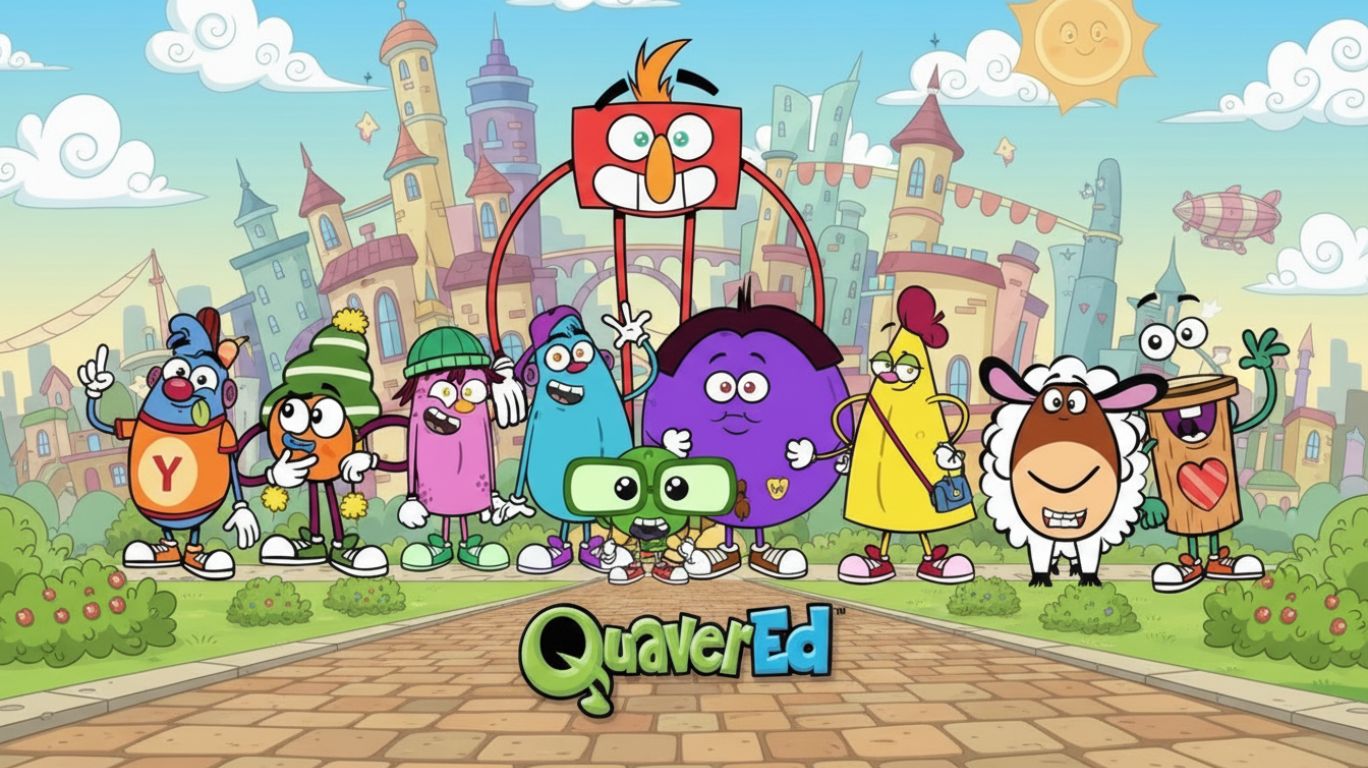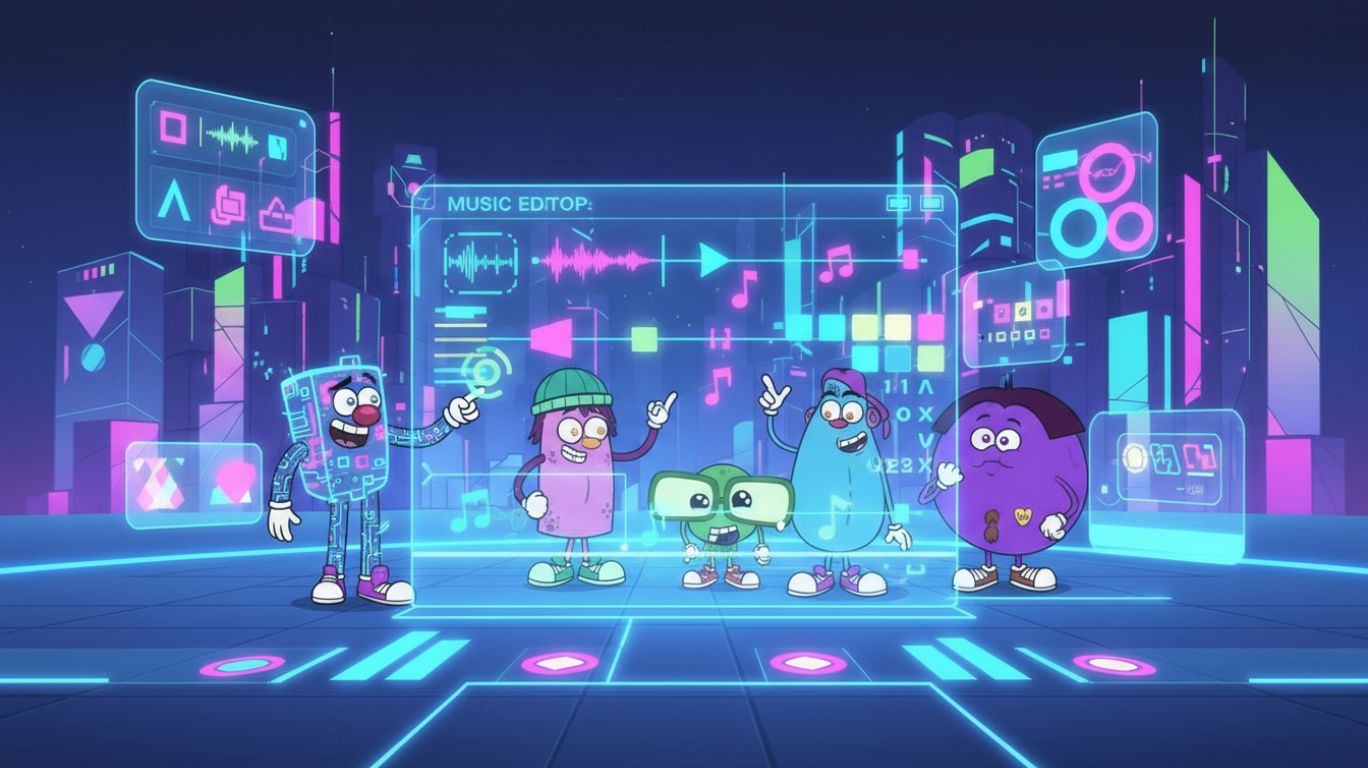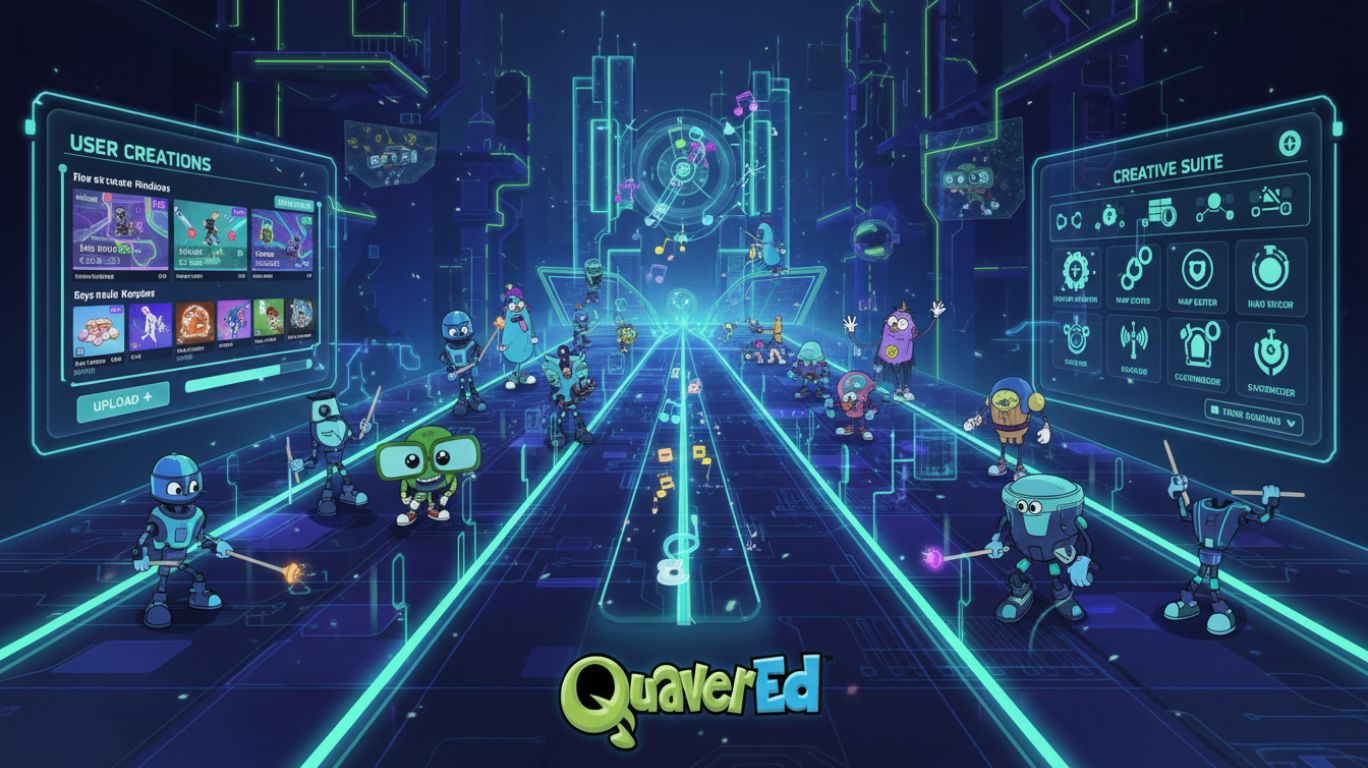
Imagine hitting every note perfectly in time with a pulsating beat, fingers moving across the keyboard as a score climbs on a global leaderboard. For many players, that moment is amplified when it is shared with others: community members who cheer, remix songs into new challenges, and design custom visuals that make each play session feel personal. Quaver, a free-to-play rhythm game released on Steam in 2020, exemplifies how rhythm games can combine gameplay, creativity, and social systems to form enduring communities.
Quaver’s core gameplay—hitting notes in sync with music using configurable input modes—provides immediate, repeatable challenges that reward skill and practice. The game’s straightforward interface and online leaderboards make performance comparable across players and sessions, which helps transform solo practice into social competition.
Beyond mechanics, Quaver’s open-source approach lets community members participate in the game’s evolution. Contributions range from beatmap creation to feature suggestions and bug reports submitted via GitHub and community channels. This model shifts some creative and developmental agency to players, reinforcing long-term engagement by making contributors stakeholders in the project.

A robust UGC toolset is a significant factor in community vibrancy. Quaver’s in-game editor enables users to create beatmaps—timed note patterns synced to songs—and to submit those maps for community sharing or official ranking. Complementary systems, such as advanced skinning and support for shared assets via the Steam Workshop, let players personalize visuals and audio cues.
UGC has three practical effects: it multiplies available content without a proportional increase in developer resources; it fosters creator recognition through ranking and showcase systems; and it encourages social exchange as creators and players discuss, iterate on, and celebrate new content. These dynamics help keep the game fresh and culturally active.
Competitive structures give players goals beyond casual play. Leaderboards (global and regional), Elo-based matchmaking, and real-time multiplayer sessions provide measurable progression and social comparison. Organized tournaments—both official and community-driven—serve as focal events that attract attention, incentivize practice, and generate shared narratives.
Well-designed competition balances challenge with support. Matchmaking that pairs similar-skill players, transparent ranking rules, and moderator oversight reduce frustration and keep competition constructive. Community platforms such as Discord and Reddit amplify social rewards by enabling discussion, coordination, and celebration that extend beyond in-game interactions.
Sustainable communities require infrastructure: communication channels, tooling, documentation, and support. Open-source repositories and public issue trackers enable technical contributors to iterate on the codebase; community roles (moderators, ranking supervisors, map reviewers) distribute governance and quality control; and developer engagement via announcements and patch notes maintains transparency.
Complementary resources—FAQs, tutorials, and in-game guides—help newcomers onboard and reduce support load. When these systems are accessible and well-maintained, they lower entry barriers and help scale the community without degrading quality.
The dynamics observed in Quaver apply more broadly to any platform that combines creator tools with social features. Key lessons include: enable player contribution through accessible UGC tools; provide clear, fair competitive systems; distribute governance to trusted community members; and maintain responsive channels for feedback and support. Platforms that successfully balance these elements tend to foster deeper user engagement and a stronger sense of belonging.
Some platforms outside the rhythm-game space—those focused on personalized social interaction or AI companionship—have adopted similar approaches to community-building by emphasizing user control, tailored experiences, and feedback loops between creators and consumers. Mention of such platforms should remain contextual and third-person to preserve objectivity.

Quavered demonstrates how open development, user-generated content, competitive structures, and reliable community infrastructure combine to create a vibrant, creative ecosystem. By empowering users to create, compete, and contribute, the game converts momentary play into lasting engagement. For platforms aiming to build active communities, the balance of creativity, competition, and thoughtful support offers a practical blueprint for sustained growth.
More information is available at Quavered for those interested in experiencing this kind of community-first rhythm game firsthand. Readers are encouraged to visit the site to learn its features, try the game, and become part of a creative and supportive global community.
Quavered is a free-to-play, open-source rhythm game released on Steam in July 2020. It features 4-key and 7-key modes where players press keys in sync with music notes scrolling on the screen. Unlike many rhythm games, Quaver places strong emphasis on community-driven development, with players creating beatmaps, skins, and other content that shape the overall experience.
While many rhythm games rely primarily on developer-created content, Quaver stands out with its open-source model and robust user-generated content (UGC) tools. Players can design and share beatmaps, customize visuals, and even contribute to the game’s development via GitHub. This participatory approach helps keep the game constantly developing and ensures that community members feel a sense of ownership.
Quaver accommodates both beginners and advanced players. The 4-key mode is generally easier for newcomers, while the 7-key mode offers more complex challenges for seasoned rhythm gamers. Tutorials, guides, and community resources also make it easier for new players to get started without feeling overwhelmed.
Quaver uses an Elo-based ranking system, which means players are matched with others of similar skill levels in multiplayer sessions. Global and regional leaderboards track performance, encouraging improvement and friendly competition. Regular tournaments also provide opportunities for players to test their skills, connect with others, and earn recognition within the community.
